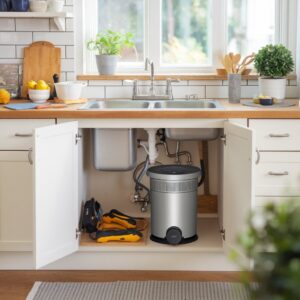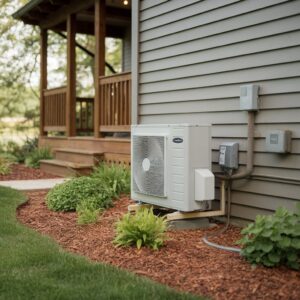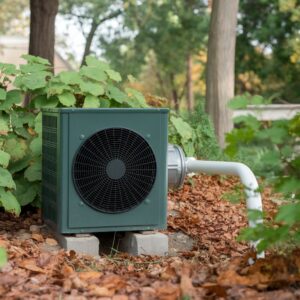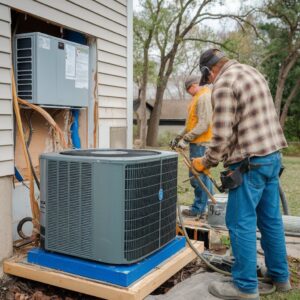Have you ever turned on your garbage disposal only to feel it rattle the entire sink? Many US homeowners wonder, “Why does my garbage disposal vibrate so much?” This question matters because an excessively shaky disposal can signal hidden problems that might lead to costly repairs if ignored. Whether you’re dealing with an older unit or a newly installed model, understanding the causes of heavy vibration can help prevent bigger issues. In this post, we explore the top triggers behind garbage disposal vibration, why it can strike suddenly, and what professional plumbers check first.
What Causes Excessive Garbage Disposal Vibration?
Many homeowners wonder, “Why Is My Garbage Disposal Suddenly So Loud?” In most cases, the shaking begins when the disposal becomes unbalanced or obstructed. Jammed or bent impeller blades, clumped debris, and loose mounting hardware are some of the most common culprits. Even a small obstruction—like a piece of bone, a broken utensil, or hardened food scraps—can throw the entire unit off balance, creating noticeable shaking and noise.
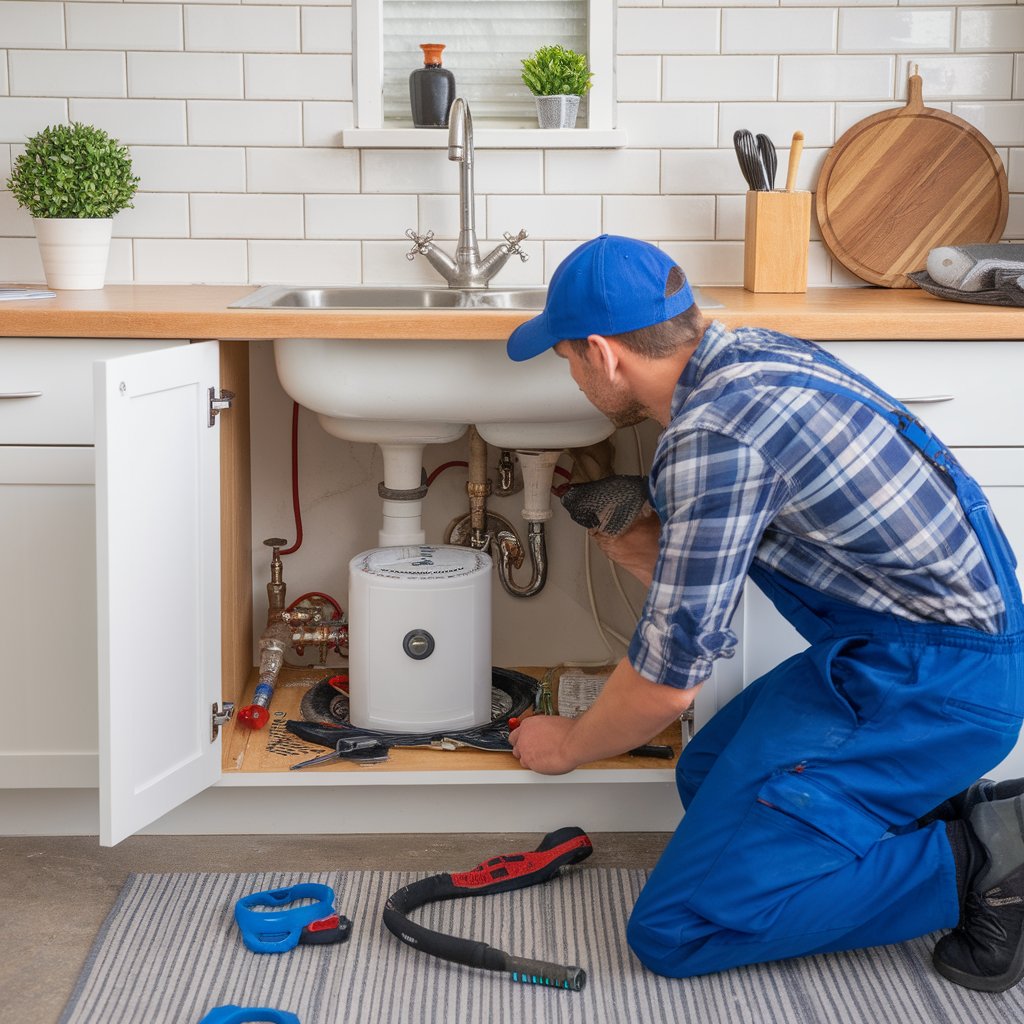
When Excess Vibration Signals Motor Trouble
A unit that vibrates even when empty may be nearing the end of its lifespan. As motors age, the internal bearings begin to wear down, causing the disposal to shake whenever it runs. Some homeowners also notice a burning smell, repeated tripping of the reset button, or unusually strong humming—clear signs that the motor is under strain. An electrical issue, such as a damaged power cord or faulty wiring, can also cause the motor to operate erratically. Checking the disposal’s mounting assembly and ensuring all wiring connections are secure is crucial in preventing a larger malfunction. While certain components can be repaired, severe vibration paired with humming usually indicates that replacing the garbage disposal unit will avoid future breakdowns and potential leaks.
What Plumbers Check First When a Disposal Vibrates
Professional plumbers rely on a structured inspection process that identifies the root cause quickly without putting your kitchen plumbing at risk. The first step usually involves checking for trapped debris or objects that affect blade rotation. Once the chamber is cleared, technicians examine the impellers for balance and look for misalignment or looseness around the mounting bracket. They also evaluate the electrical system, reset button, motor performance, and the condition of the bearings. A skilled plumber knows how to identify subtle issues, including early motor failure or wear that may not be obvious to homeowners.
When to Consider Repairs or Replacement
Sometimes, persistent vibration or unusual noises signal deeper issues like worn bearings or a failing motor. If the disposal frequently clogs, won’t turn on despite resets, or shows signs of electrical trouble, a motor replacement might be more cost-effective than constant fixes. In these cases, a professional assessment is essential to determine whether spot repairs can solve the problem or if a full disposal upgrade will better protect your kitchen plumbing for the long haul.

Conclusion
Keeping your disposal in top shape reduces noise, vibration, and the likelihood of kitchen plumbing noise issues. If you find yourself asking, “Why does my garbage disposal vibrate?” or you notice loud clunking and poor performance, trust DNA Plumbing and Heating for a thorough diagnosis and solution. Our technicians use modern tools and expert know-how to ensure your disposal runs smoothly. For homeowners aiming to reduce kitchen waste through disposal, proper maintenance makes all the difference. Contact us today to set up a reliable, hassle-free service appointment.



